Essential Elements in Building a Food Manufacturing Facility
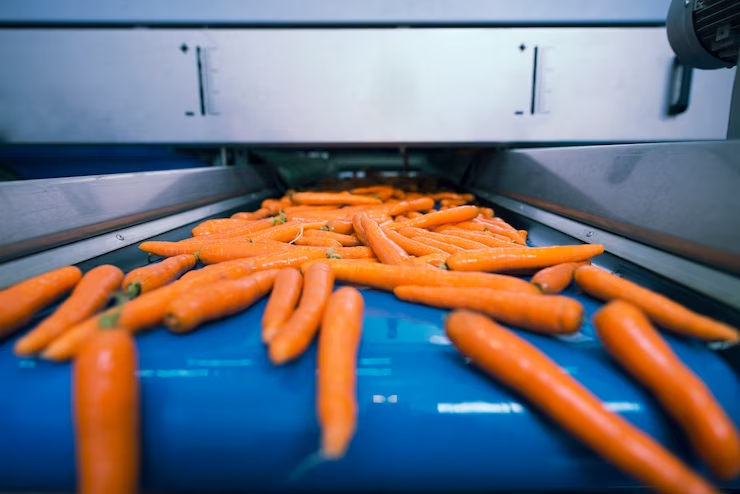

Brian Jeffries
Brian Jeffries, a seasoned BPA Advisor. Brian is dedicated to sharing his wealth of knowledge on construction projects and materials. With a focus on architecture and building envelopes, Brian contributes valuable insights that shape the discourse around innovative construction practices and materials.
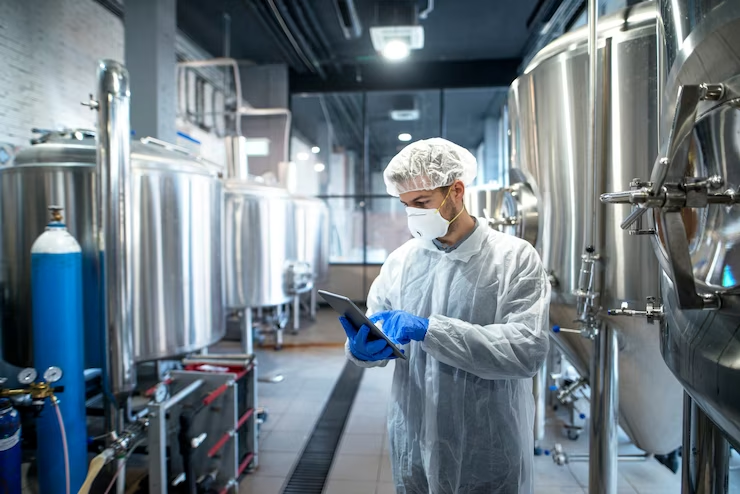
Designing and constructing a food manufacturing facility is a complex process that requires careful planning and attention to detail. To ensure a successful and efficient operation, several essential elements need to be incorporated into the facility's design. In this blog, we will explore the key components, including food production facility layout, the importance of industrial dampers, and the role of UV light for food safety.
Food Production Facility Layout
The layout of a food manufacturing facility plays a crucial role in optimizing production processes, ensuring food safety, and maximizing operational efficiency. Consider the following factors when designing the layout:
Workflow Efficiency
Create a logical flow of production processes to minimize cross-contamination risks and reduce unnecessary movement of materials and staff.
Zoning
Separate different production areas based on food product categories to prevent allergen cross-contact and maintain cleanliness and order.
Compliance with Regulations
Ensure the facility's layout adheres to food safety and hygiene regulations and guidelines, including those from the Food and Drug Administration (FDA) and other relevant authorities.
Industrial Dampers for Controlling Airflow
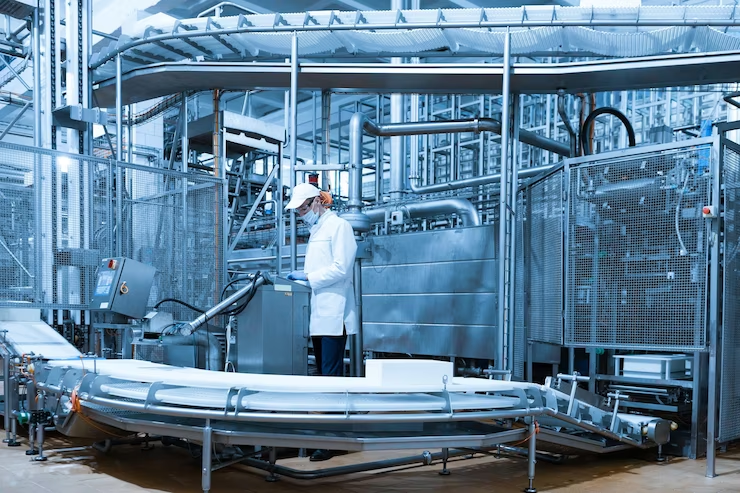
Industrial dampers are critical components in a food manufacturing facility that control the flow of air and maintain proper ventilation. They are used in exhaust systems, HVAC units, and air handling units to regulate temperature, humidity, and air quality. Key considerations include:
Hygiene and Cleanability
Choose dampers made from stainless steel or other food-grade materials that are easy to clean and resistant to corrosion.
Airtight Seals
Ensure dampers have airtight seals to prevent the migration of contaminants and allergens between different production zones.
Customization
Opt for dampers that can be customized to meet the specific airflow and pressure requirements of the facility.
UV Light for Food Safety
Ultraviolet (UV) light is increasingly used in food manufacturing facilities as an effective method to enhance food safety. UV light can help mitigate the risk of foodborne illnesses by reducing microbial contamination. Consider the following aspects when incorporating UV light for food safety:
Installation Points
Place UV light systems strategically in areas where cross-contamination is likely, such as conveyor belts, packaging lines, and processing equipment.
Wavelength and Dosage
Work with experts to determine the appropriate wavelength and dosage of UV light needed for effective microbial reduction without affecting food quality.
Compliance and Safety
Ensure the UV light system complies with safety standards and does not pose a risk to workers or product integrity.
Design the Ultimate Food Manufacturing Facility

Building a food manufacturing facility requires meticulous planning and the integration of essential elements to ensure efficiency, safety, and compliance with regulations. The facility layout must be designed to optimize workflow, prevent cross-contamination, and meet regulatory standards. Industrial dampers play a crucial role in maintaining proper airflow and ventilation, enhancing overall hygiene. Incorporating UV light technology can be a game-changer in enhancing food safety by reducing microbial contamination. By carefully considering these essential components, food manufacturers can create a state-of-the-art facility that meets industry standards, ensures product quality, and promotes consumer confidence in their food products.
Get Smarter About Building Products
Join 50,000+ subscribers and get our 3 min daily newsletter on what matters in the building materials industry.
You might like this
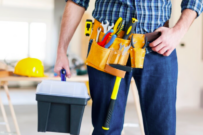

Toolbox Treasures: Exploring Must-Have Construction Components
Constructing a building, whether it’s a towering skyscraper or a cozy home, is a complex puzzle that requires a skilled hand and the right set of tools. In the world of construction, having the right components in your toolbox can make all the difference. From sealers that protect against the elements to essential hardware that […]
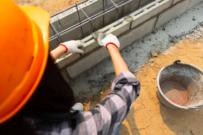

7 Advantages of Insulated Concrete Forms (ICFs) in Sustainable Construction
In the ever-evolving landscape of construction, the emphasis on sustainable building practices has become paramount. Among the innovative solutions revolutionizing the industry, Insulated Concrete Forms (ICFs) stand out as a versatile and eco-friendly alternative, offering a myriad of advantages in the realm of sustainable construction. 1. Energy Efficiency at its Core At the heart of […]


Clean & Safe: Mastering Jobsite Cleanup for a Secure Workplace
A well-organized and clean job site is not just a matter of appearances- it plays a crucial role of ensuring safety and security to any jobsite. A tidy space reduces the chances of accidents, promotes better focus, and boosts employee morale. Plus, it sends a clear message that the organization values the health and safety […]